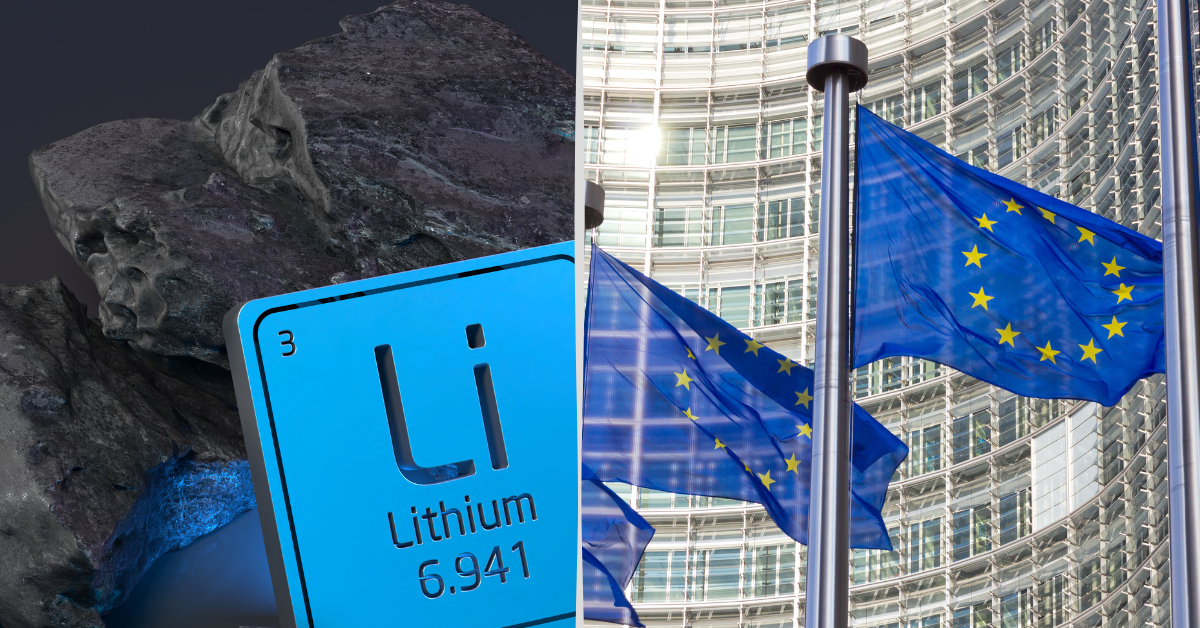The European Commission has identified 47 strategic projects to help the EU become self-sufficient in critical raw materials. More than half of these involve mining plans, several of which are controversial.
In its effort to reduce Europe’s reliance on external suppliers—particularly countries like China—the European Commission wants at least 10 percent of critical raw materials used within the EU to be sourced domestically by 2030. Additionally, it aims for 40 percent of these materials to be processed inside Europe, while no more than 15 percent should come from any single non-EU country. To support this goal, the Commission has selected 47 “strategic” projects that will benefit from funding and expedited permits. Over half focus on extracting raw materials from the ground, ranging from Norway to Sweden, Germany, and Spain.
“It’s crucial for Europe’s independence to mine more of its own lithium, nickel, and other metals,” a European Commission Vice President explains. “We can’t keep relying on third parties for such vital resources.” Some of the proposed mines have already stirred controversy—for example, certain lithium mining projects—due to concerns over environmental impact, water usage, and potential harm to local communities. Nevertheless, the Commission views these initiatives as essential for the EU’s green transition and for manufacturing batteries, solar panels, and wind turbines.
Two Billion Euros for Drilling and Digging
Under the EU’s plan, two billion euros from the Recovery and Resilience Facility will be allocated to mining initiatives. This includes both developing new mines and expanding or modernizing existing sites. One example is the proposed development of Europe’s largest lithium deposit in the Czech Republic, along with expansions of nickel and cobalt mines in Finland. The Commission also wants to promote the recycling of batteries, electronics, and other products so that precious metals can be recovered and reused. Additionally, the plan involves building strategic stockpiles of critical raw materials, similar to how the EU manages its gas reserves.
Despite these efforts, experts caution that the EU’s aspirations for raw materials may be overly ambitious. “We’re not going to be completely self-sufficient,” says one raw materials analyst. “Demand for these metals is skyrocketing because of the energy transition and digitalization, so we won’t be able to extract enough on our own.” According to the analyst, the best strategy is to diversify supply chains and forge stable partnerships with countries such as Australia, Canada, and Chile—though this will require making Europe a more appealing trade partner, especially since China has been heavily investing in those regions.
The Commission acknowledges that the new raw materials plan is not a cure-all. “Still,” says a spokesperson, “it’s a critical step toward reducing our dependence on a single supplier.”

